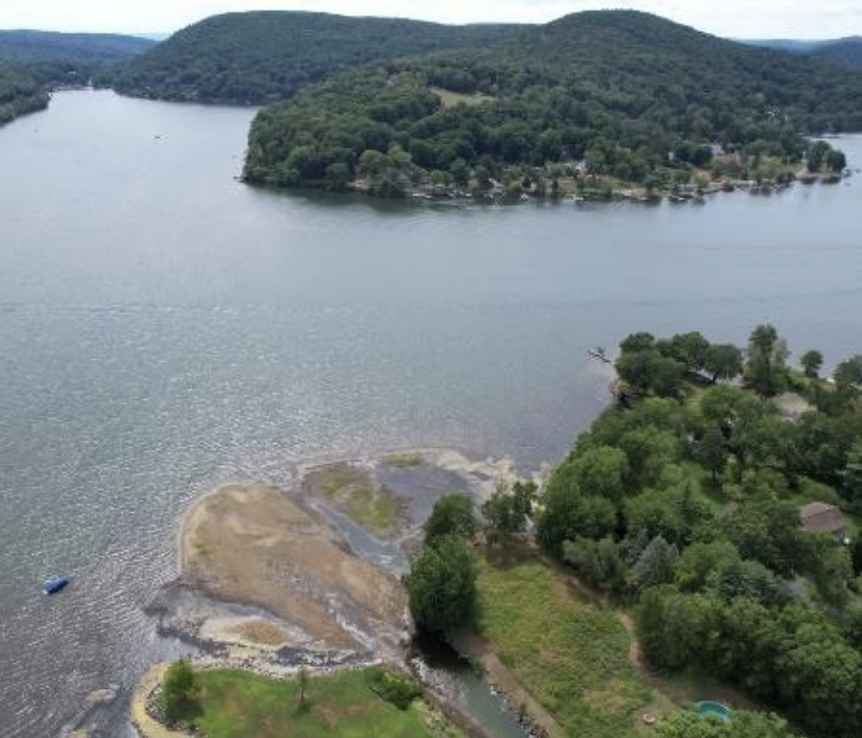Update: Wake Surfing and the Removal of Tubing Zone Map
We endorse the scientific findings of Terra Vigilis, but leave it to the towns to decide how to balance recreational interests and ecological concerns. We have therefore withdrawn the map and its suggestions. We will post a new map reflecting the town's guidance when it becomes available.
Update: Terra Vigilis Studies On Wake Boat Activity
The Terra Vigilis reports conclude that powerful waves impacting the shore and strong propeller downwash can cause harm to the lake. Powerful waves erode the shoreline and shallows, while propeller downwash scours the lakebed, reducing water clarity and releasing harmful nutrients normally trapped in sediment. These effects are particularly severe in shallow areas like the Sucker Brook delta, where wave energy is dissipated by “scrubbing” the bottom. Preventing erosion and minimizing nutrient release are core goals of ours.


